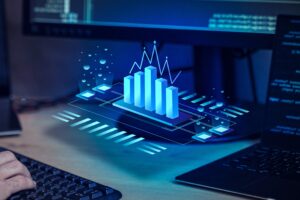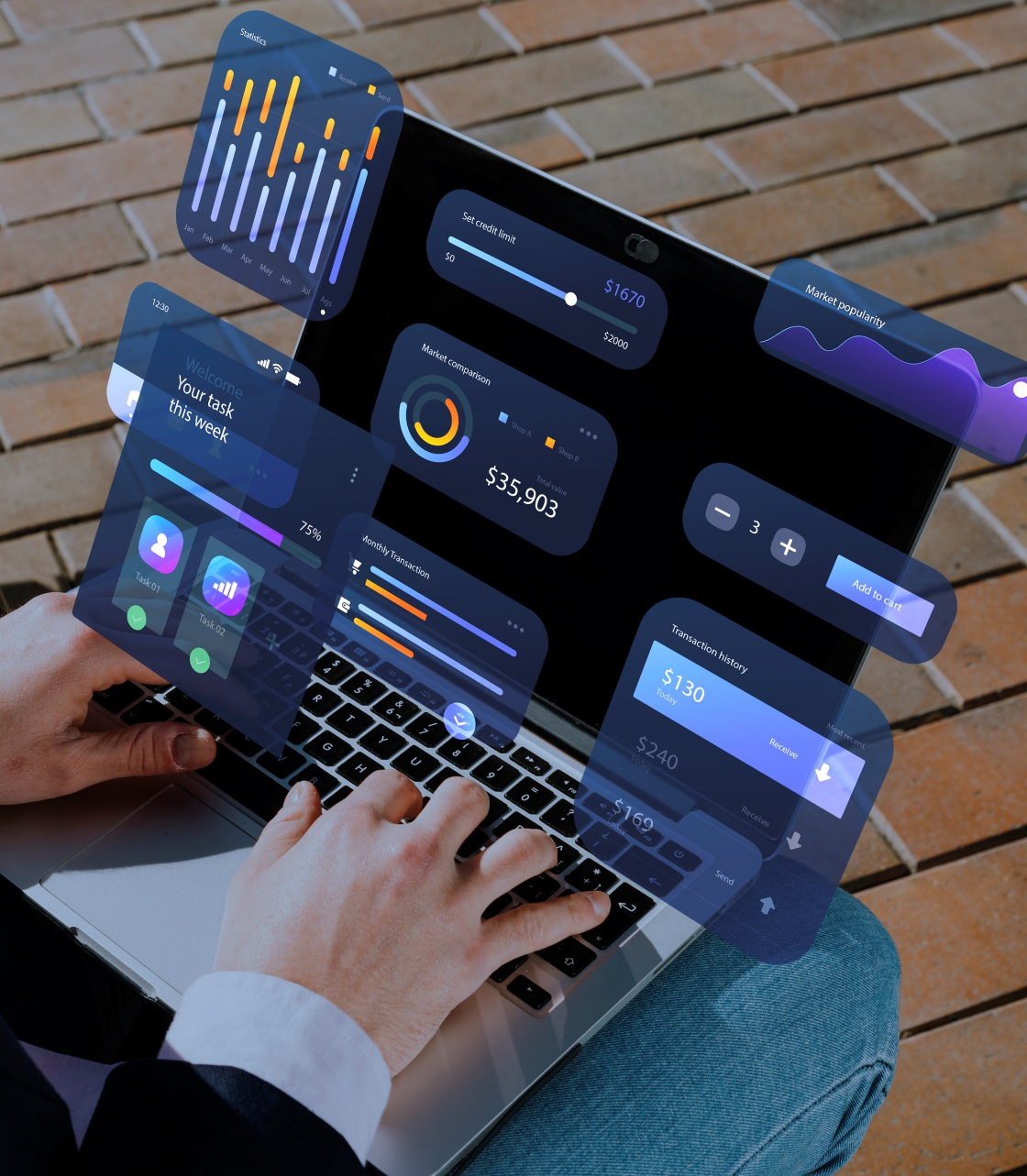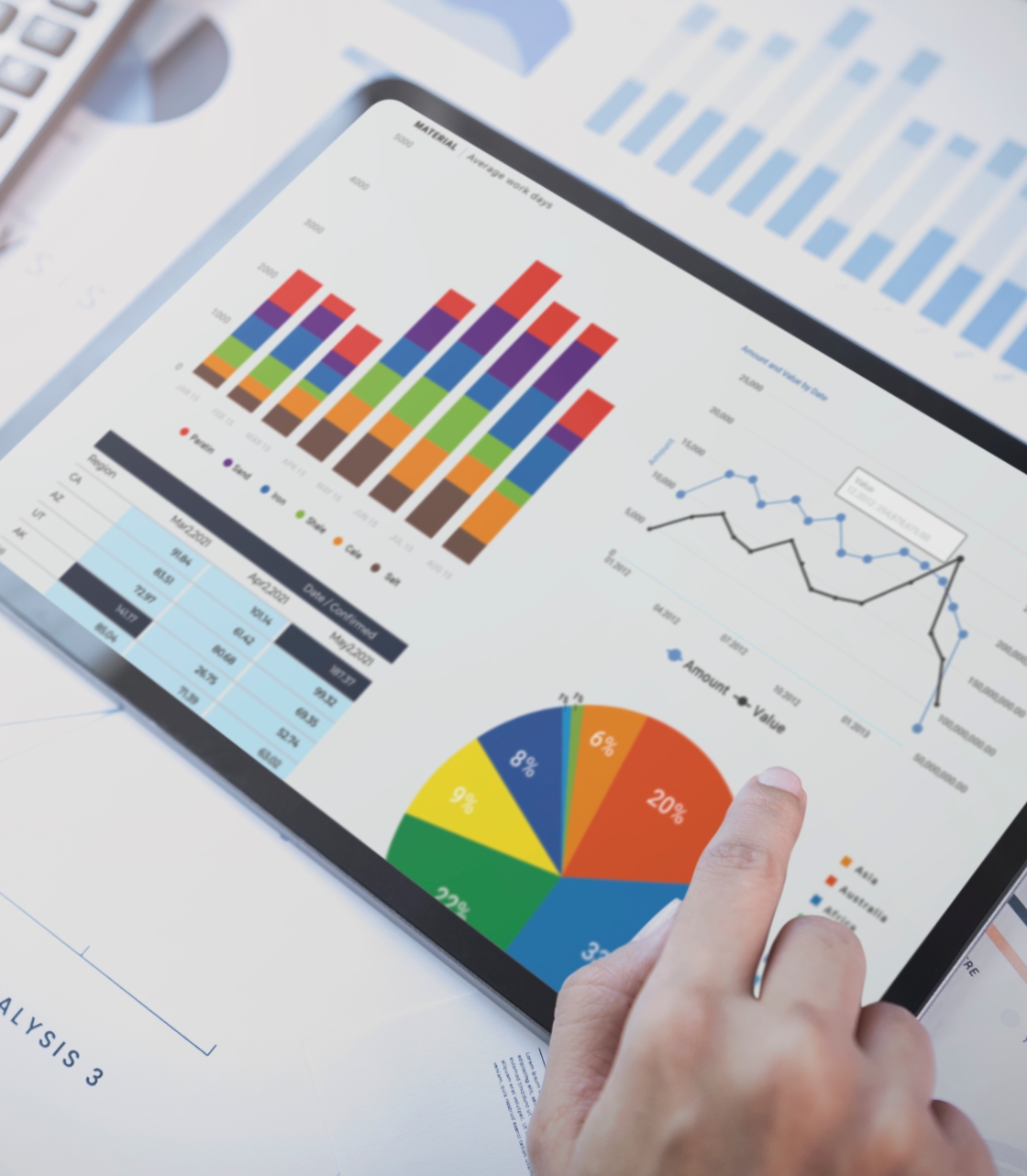Big data is defined as data that imposes technological challenges such as cloud databases, parallel data processing, and simple scalability of the system. Big data is characterized by descriptive qualities such as the data’s nature and statistical accuracy.
Informative Features:
Big data is a log of records that individually describe an event, as opposed to traditional data that can change at any time (such as bank accounts or the number of items in a warehouse). Event data by definition somehow doesn’t change.
Big data is also a poor choice for applications requiring absolute precision because it may have errors and inaccuracies. Therefore, it is not very rational to employ huge data for bookkeeping. Big data, on the other hand, is statistically accurate and can provide a clear grasp of the big picture, correlations, and connections.
Sysfort is an invention-based enterprise to promote global economic growth. Innovation: it’s truly the key to accomplishing things in life.
Technological requirement:
The big dataset has a volume that necessitates parallel processing and a unique method of storage, we need several computers, somewhere between 20 and 100, to do these activities, not just one as IT specialists refer to it.

Additionally, a big data solution needs to be scalable. We don’t need to make any software modifications in order to handle the constantly increasing volume of data. If this occurs, we simply add more nodes, and the data will be automatically balanced among them.
Examples of big data:
Let’s look at some real-world instances of big data applications from various industries in order to understand more clearly what it is.
Industrial Business Analytics:
Manufacturers can use data from the sensors to encourage predictive maintenance to prevent costly downtimes that affect all connected activities. Imagine that the analytical system has been gathering and processing sensor data to create a history of observations for the last several months. The system has determined a set of patterns that are likely to result in a machine breakdown based on this past data. For example, the system recognizes that the image created by the temperature and load sensor technology is comparable to pre-failure and alerts the monitoring team to inspect the machine.
Analytics for fraud prevention:
When a device is being used by someone other than the owner, companies can immediately identify odd behaviour and prohibit or at the very least delay unusual activity until the owner is notified. Before rejecting the transaction, the bank can verify the user’s social network profile information to see if they are actually on vacation, like in the case of a person attempting to withdraw money from an ATM. Additionally, the bank can check all other channels to see whether this individual has any connections to fraudulent accounts or actions.
Analytics for business processes:
Big data analytics is also used by businesses to track the performance of their remote workers and enhance the effectiveness of their systems. Take commuting as an instance. Real-time data to measure from each truck can be collected and stored by businesses to determine each driver’s normal behaviour. Once the pattern has been established, the system examines current data, compares it to the pattern, and alerts the user if there is a discrepancy. As a result, the business can guarantee a safe work environment.
Streams of Big Data: Internal and External
Big data sources come in two forms: internal and external. If a business creates, owns, and controls the data, it is internal. External data is either publicly available or comes from sources outside of the business; as a result, neither the business owns nor managed it.
Is the system independent or a feature of standard BI?
Both an independent solution and conventional BI can make advantage of big data. Now let’s return to some examples. A business examines large data to determine each customer’s behavioural traits. It assigns clients with comparable behaviour patterns to a specific segment based on these data. Customer segments are yet another property used in standard BI systems for reporting. Users can design reports that, for example, display the sales by customer segment or feedback on a new promotion.
Big data utilizes its own language, so to say. Let’s examine some essential terms and the most widely used information technology:
Apache Spark:
Real-time large data analytics are made possible by the in-memory parallel processing framework Apache Spark. For instance, an analytics system may detect that a customer has spent a significant amount of time on specific product pages without adding them to their cart. The system may provide a coupon for a discount on the desired product to encourage a purchase.
Cloud:
On-demand computing resources are delivered over the cloud on a pay-per-use basis. Due to the need for quick scalability with large data, this methodology is frequently used. Example: With a few clicks, a network administrator can add 20 plus computers.



